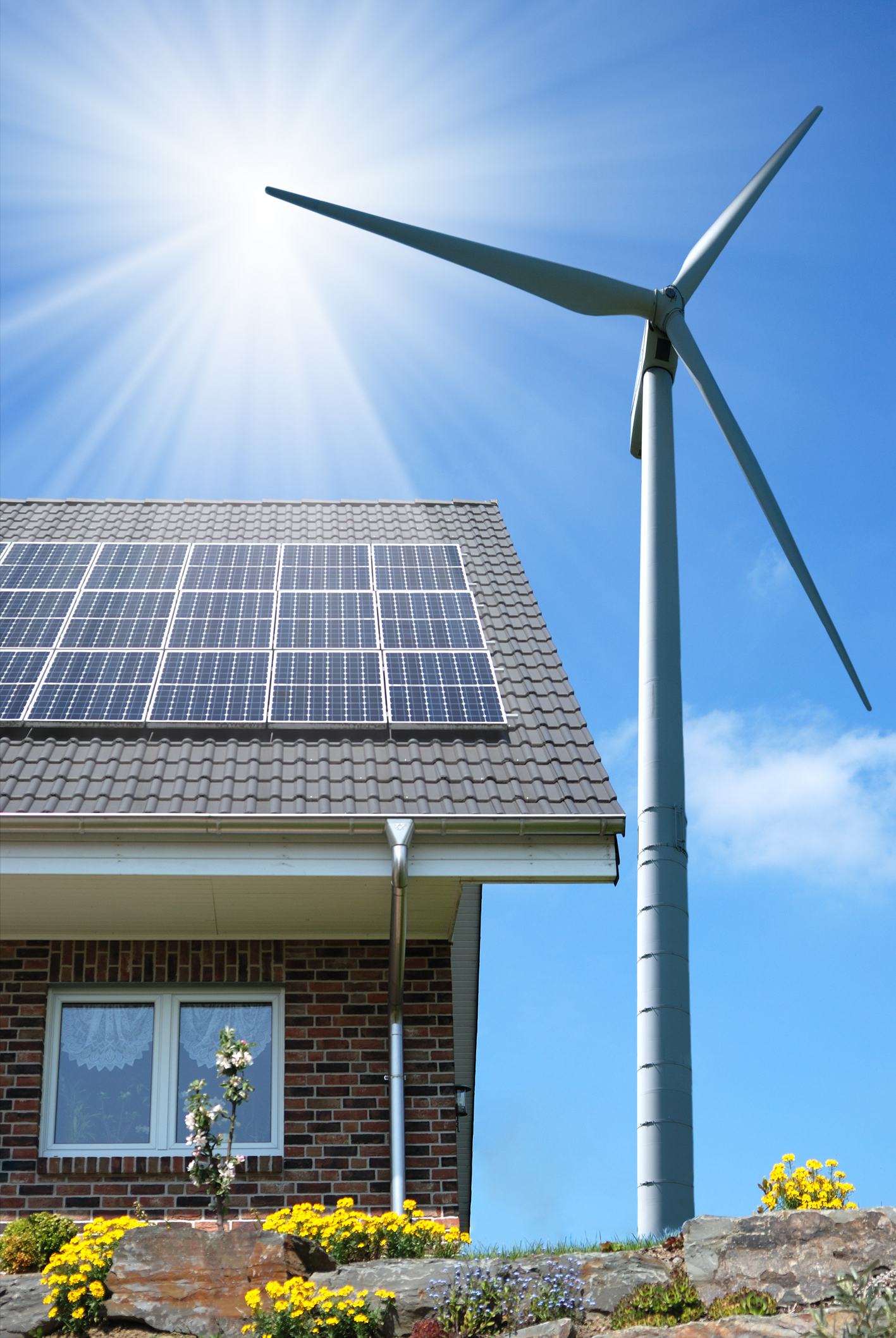How To Get Tax Credits For Improved Home Sustainability

We live in a day and age where recycling, up-cycling, and going green are common. With everything from second-hand clothing stores to electric cars, people are finding inventive ways to save energy, not to mention money. We have been seeing this idea of sustainability creep into our homes more and more throughout the last decade and now the government is offering tax credits for making the upgrades to a more energy-efficient homestead.
Here are 5 home improvements that will save you energy and give you a break from Uncle Sam.
Photovoltaic Energy Systems
These systems are made up of familiar solar panels that we've been seeing more of over the past 10 years. Simply put, they are basically battery cells that harness the sun's energy into electricity for the house. Once professionally installed these can reduce your homes's annaul carbon dioxide output by an average of 35,180 pounds. These systems will earn you a tax credit of 30% of the cost with no upper limit. The only requirement is that this upgrade is made to your primary or secondary home.
Windows
If you swap out your house's old windows for newer Energy Star approved versions, you could save your household an average of 12% on your energy bills. There are a few catches on this credit, though. It must be an existing residence, and labor costs cannot be included in your total. The tax credit is 10% of the window cost with a limit of $200.
Insulation
This is one of the more affordable options to improve your home's sustainability. Insulation improves the heating and cooling efficiency of your home, and can be self-installed in about a day (thus saving even more cash). This will credit your tax bill up to $500. Anything that reduces air leaks can fall under this category, including weather stripping, caulk, house wrap, or spray foam designed for air sealing.
Residential Wind Turbines
If you live on an acre or more, you could have your very own wind turbine that produces emissions-free electricity for your house. The average cost of a residential turbine is around $30,000, with 30% of the system's cost being credited back for taxes. It could take anywhere from 6 to 30 years to recover the cost of a small wind turbine, depending on factors such as electricity usage of the home, height, and diameter of the turbine, and wind speed in the area.
Roofs
If your roof needs major repairs or replacement, perhaps you should replace it with an Energy Star approved metal or asphalt roof. These have pigmented coatings or cooling granules that reduce heat retainment. The tax credit is 10% of the cost, not including labor costs. The only catch is that it must be Energy Star certified.
Choosing upgrades for your home to improve its sustainability isn't only good for your wallet. These improvements greatly reduce the overall carbon footprint of your household. The more of the population that gets on board with energy efficiency, the greater we can reduce greenhouse gas emissions, which affect the global population. Before choosing which improvements to make, consider the cost of the materials, the labor weighed against the energy savings, the reduction of your carbon footprint, and the potential tax credit. Even more improvements for home sustainability and the tax credits associated with them can be found at EnergyStar.gov.




